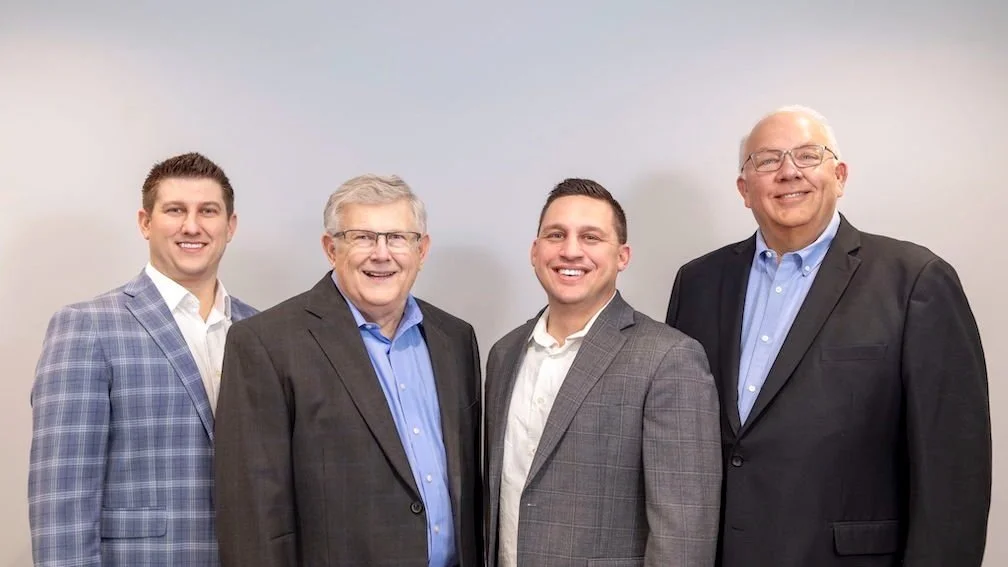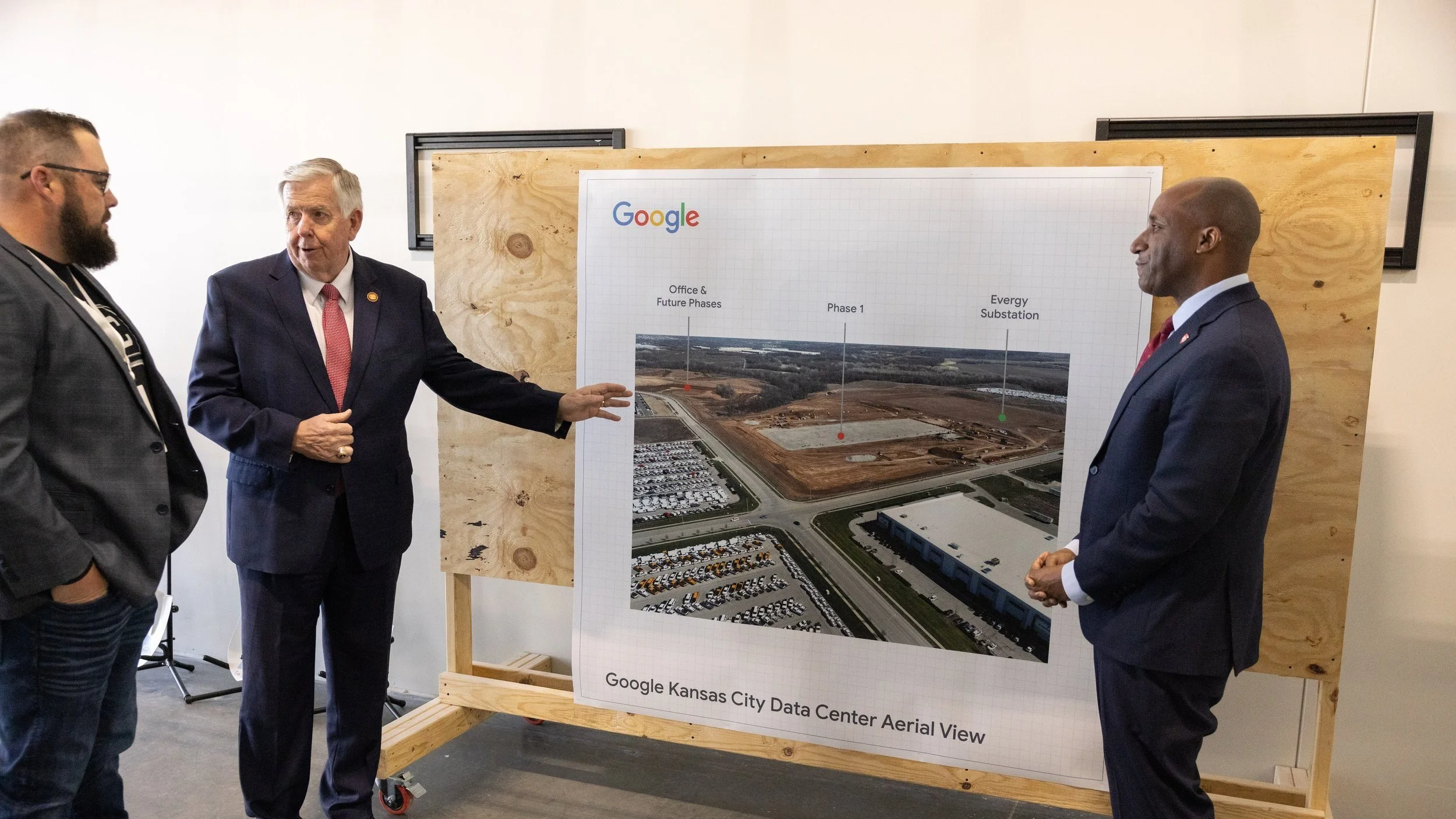The Great Recession may have dried up projects and forced many general contractors out of business, but it also created an opportunity for Scott Kelly, Jason Betts and Travis Lourens. The trio worked together before the downturn and were determined to leverage their respective expertise and positive relationships into a new, diverse construction company.
“Things started slowing down and the economy slowed to the point that you had to recreate your business a bit and make sure you were staying in relationship with your clients,” said Scott Kelly, president of Kelly Construction Group, Inc. “So we started talking about how we could take our existing customer base, maintain those relationships and work through a difficult time with the expectation it was going to pick back up.”
The former colleagues launched Kelly Construction Group in 2011, blending Scott’s healthcare expertise with Travis’ municipal and government experience and Jason’s book of business that included developers, retailers and hospitality groups. That decision has paid off, with 2 million square feet currently under construction and the company on target to reach its most recent five-year master plan goals in half the time.
“Establishing and maintaining and nurturing relationships, that’s the key. We’re not going to be everything to everyone, but our company is the right size for a lot of projects—not too small but not too big,” Lourens said. “We are schedule driven and we expect people who work for us to be part of our team and be committed to the same goals.”
Kelly Construction has landed projects for top companies such as Cerner, KCP&L, Merck and UMB, as well as just about every metro-area hospital group including Saint Luke’s Health System, KU Medical Center, Shawnee Mission Medical Center, Children’s Mercy Hospital, and HCA.
In the past two years, Kelly Construction has almost doubled its headcount to 36, prompting it to build a new 20,000-square foot corporate office in Grandview’s SouthPointe Business Park. Recent projects include the conversion of 650,000 square feet of office space for Cerner in South Kansas City, more than 250,000-square feet of tenant improvements for Lee’s Summit’s Summit Technology Campus, and a new parking garage for Shawnee Mission Medical Center, as well as the upscale The Monarch Bar on the Country Club Plaza.
“The Monarch was the first notable project for this type of venue in many years that wasn’t a chain. It’s more of a boutique, standalone space with high-end finishes,” Betts said. “The architect (David Manica) had a vision and he felt we understood that vision.”
Maintaining client relationships has been key to Kelly’s success. With the construction market sizzling, the company remembers the lessons of the past and is focused on smart, controlled growth.
“One of the biggest things we talk about is making sure we meet or exceed expectations on any project. That’s our focus,” Kelly said. “We don’t aspire to be the biggest firm. We want to be known for doing what we say we’re going to do and where we can still feel like one of the three of us has given personal attention to every project we build.”
Above: Kelly Construction Group principals include Travis Lourens, Jason Betts and Scott Kelly.






